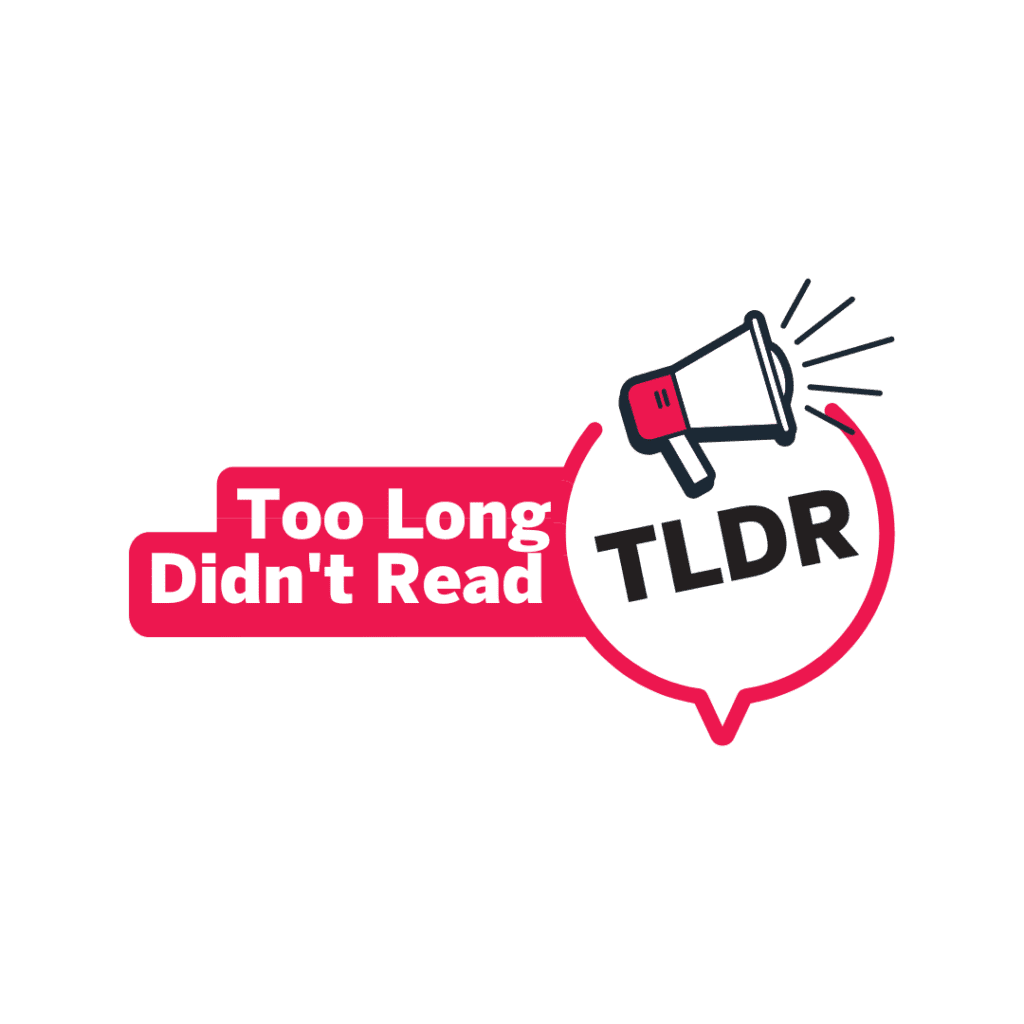

Participating in leisure-time physical activities (LTPA) can boost the well-being of people with disabilities. Unfortunately, they often participate in these activities less than others, especially during winter due to environmental barriers and limited programs. Taking part in adaptive snowsports like skiing or snowboarding can help people with disabilities stay active in the winter.
We aimed to study the quality of participation in adaptive snowsports among people with disabilities, and strategies to support their meaningful engagement in winter LTPA.
To better understand the quality of participants’ experiences in adaptive snowsports, we used The Quality Parasport Participation Framework (QPPF). The QPPF looks at 6 things: autonomy, belongingness, challenge, engagement, mastery, and meaning.
We had 4 goals:
- Examine the quality of people with disabilities’ participation in adaptive snowsports programs.
- Document the strategies these programs use to support quality of participation.
- Analyze the relationships between the programs’ strategies and the quality of participation.
- Find out how to support continued participation in adaptive snowsports
For this study, we partnered with BC Adaptive Snowsports (BCAS) and Spinal Cord Injury BC. The research consisted of 3 phases. First, we asked 133 skiers and snowboarders with disabilities, who were in BCAS programs, to do an online survey about what made their participation better. Second, we talked to 11 BCAS program leaders about the strategies they used to support the quality of participation of their members. Third, we spoke with 15 individuals with disabilities who used to do adaptive snowsports but stopped, to learn how to better maintain participation in adaptive snowsports.
Key findings and what they mean
Phase 1: In the survey, participants reported high quality of participation on all dimensions of the QPPF while they were taking part in adaptive snowsports. We looked to see if things like age, job or gender, the amount of experience they had, or the programs’ features like equipment and instructors made a difference. Only the program and environmental factors like having good equipment and facing barriers affected the quality of the skiiers’ and snowboarders’ participation.
This shows important factors that contribute to people with disabilities having a positive experience when participating in adaptive snowsports. They reaffirm the importance for policies and funders to support the organizations in their recruitment and training of instructors, and in their abilities to obtain proper equipment and train staff how to use it. It also highlights the importance of addressing and reducing the environmental and programmatic barriers to enable more individuals to engage in recreational adaptive snowsport and stay active in the winter.
Phase 2: Through the interviews, we found out what the organizations were doing to support involvement in adaptive snowsports. They worked hard to reduce and address access barriers to adaptive snowsports like making sure places were accessible and helping those with financial limitations. We also found that ‘it takes a village’ to support quality of participation, as organizations relied on resources from their communities, like host ski resorts and volunteer instructors to run effectively. By customizing their approaches for volunteer management, marketing, and maintenance of adaptive equipment, they could offer more opportunities to their members with disabilities. This suggests that organizations need to address both the physical and social environments, along with being creative in their operations. Resources could be developed to help organizations learn from each other and identify the best ways to engage people with disabilities in winter sports.
Phase 3: Our discussions with the individuals with disabilities who stopped participating added to our understanding on how to better support participation in adaptive snowsports, especially how to maintain participation over time. Despite all the benefits they gained from adaptive snowsports, like opportunities to create social connection, be challenged, build confidence and be outdoors, the interviewees did not continue their involvement. Sometimes it was due to individual reasons like age or physical fitness, but it was mostly because of issues with the programs or the sports (for example, eligibility criteria and availability of the programs, issues with volunteers, physicality of the sports). They provided recommendations to help individuals with disabilities continue participating in adaptive snowsports like increasing awareness and information about the programs, more instructors and volunteers, and more funding for the individuals and the programs.
Strengths and limitations
Our partnership with BC Adaptive Snowsports was a strength, as it allowed us to talk with both individuals with disabilities actively engaged in adaptive snowsports and program leaders. Another strength was the diversity in the type and location (for example, smaller vs larger ski resorts and urban vs remote or rural) of adaptive snowsports programs included. We believe the different perspectives helped our findings cover a wide range of experiences and provide recommendations that are applicable to many contexts.
However, the programs were only in 1 province, which limited our findings. To soften this, the participants who had stopped participating were from across Canada, allowing us to identified issues that were both more broadly applicable.
Next steps
Understanding the quality of participation in adaptive snowsports, and the factors affecting it is particularly important as engaging in winter sports and recreation can be highly impactful for the well-being and community engagement of people with disabilities. Leaders in adaptive snowsports organizations use creative strategies to offer experiences that support quality of participation. To do so, they must handle volunteer retention, management of equipment, and making their programs known to people with disabilities. To support them, they need more financial support and resources to provide increased opportunities to people with disabilities of all age. This requires political commitment to support community-based and local organizations offering recreational programs to the Canadian population with disabilities.
Our findings also raised the question of the connection with the community, both about the host resorts’ engagement to support the programs, but also how to make the resorts more accessible for individuals with disabilities and their families.
Funding acknowledgement: This blog draws on research supported by the Social Sciences and Humanities Research Council and Sport Canada as part of the Sport Participation Research Initiative.